“We are the last generation who can stop this crisis from becoming a catastrophe.” That was the stark warning from WWF climate change specialist Seán Mallon this week, as Tesco unveiled an ambitious plan to use more renewable energy.
Having signed a deal with three renewable energy firms, Tesco will build five new wind farms and install solar panels on the rooftops of 187 UK stores by next year, in a major step towards its goal of sourcing 100% of its energy from renewable sources by 2030.
The supermarket giant says this latest move will save 90,000 tonnes of CO2 a year – which is about the same as removing 15,000 cars from the road. But is this enough?
The food industry is dirty (in carbon emission terms, that is), responsible for around 19% of human-made GHG emissions in the UK.
Tesco itself is a big emitter, responsible for over three million tonnes of carbon released into the atmosphere in the past year alone. Not only does this renewable deal propel the supermarket towards achieving its goal of becoming zero-carbon by 2050, it should also encourage other big retailers to follow suit.
We have seen other steps in the sector towards sourcing more energy from renewable sources. Sainsbury’s currently gets 18% of its electricity from on-site renewable generation and renewable power purchase agreements. Waitrose has committed to having net zero carbon emissions in its own operations by 2050. It also claims that, since April 2018, 98% of its electricity has been “certified as coming exclusively from UK renewable sources”.
Certainly, switching to renewable energy is becoming easier as the technology becomes more commonplace and, therefore, cheaper.
Despite recent moves, however, the UK food sector saw the biggest increase in energy consumption of any sector from 2017 to 2018 (8%).
One of the reasons supermarkets are such big polluters is because they emit large amounts of hydrofluorocarbons from expansive refrigeration systems. But these open refrigeration systems also take inordinate amounts of energy to run (in some cases up to 60% of a store’s total electricity usage). Campaigners have even suggested they make up as much as 1% of the UK’s total electricity usage.
There is a simple fix, though. Putting doors on fridges and freezers can cut electricity usage by something like 40%.
So while upping the use of renewable sources to produce electricity is a positive move, retailers should also focus on cutting energy usage outright. After all, the cleanest energy is and will always be that which we don’t produce at all.



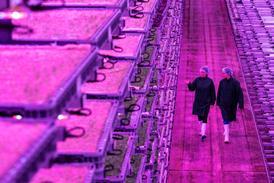



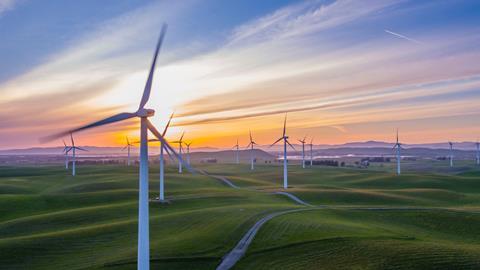

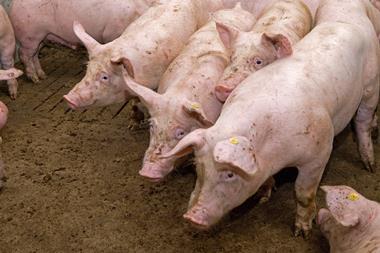








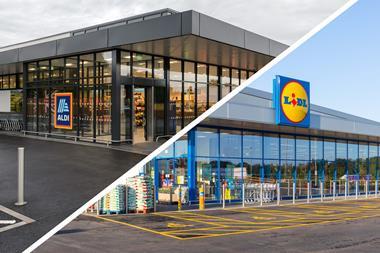
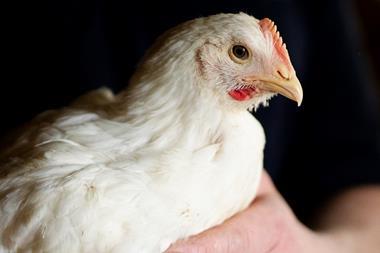
No comments yet